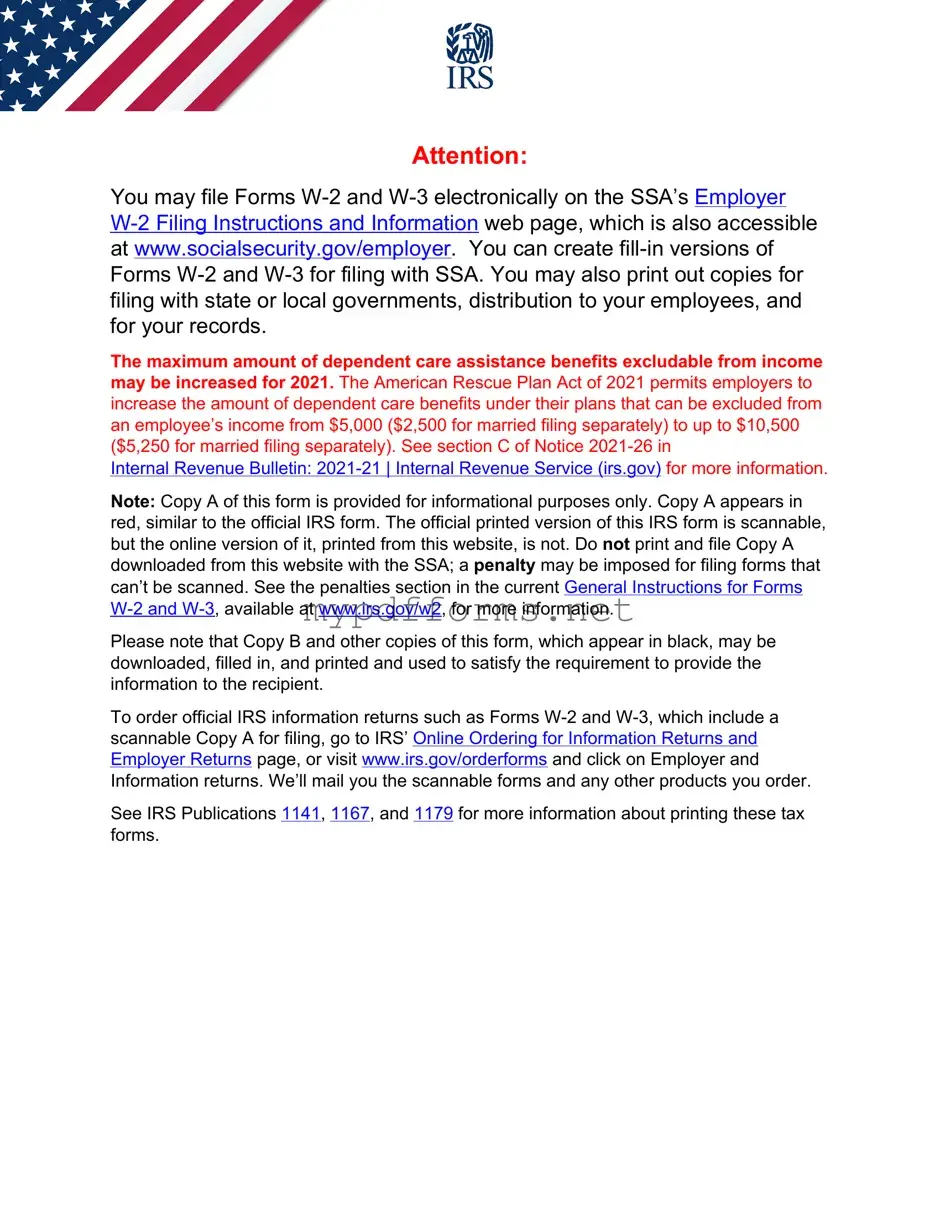The IRS W-2 form is perhaps the most closely related document to the W-3. While the W-3 serves as a summary of all W-2 forms issued by an employer, the W-2 provides detailed information about an individual employee's earnings and the taxes withheld throughout the year. Employers use the W-2 to report wages, tips, and other compensation paid to employees, along with the federal, state, and other taxes withheld. The W-3 consolidates this information, making it easier for the IRS to process and verify the data submitted by employers.
The 1099-MISC form is another document that shares similarities with the W-3. While the W-2 is for employees, the 1099-MISC is used to report payments made to independent contractors and other non-employees. Both forms report income and tax withholding, but the 1099-MISC is typically issued when payments exceed a certain threshold. The W-3, in contrast, summarizes the total W-2s, while the 1099-MISC reports individual payments, reflecting different types of employment relationships.
The 1096 form is also related to the W-3, as it serves as a summary form for various types of information returns, including the 1099 series. When an entity files 1099 forms, it must also submit a 1096 form to the IRS. Similar to the W-3, the 1096 provides a summary of all the 1099 forms filed, helping the IRS efficiently process and track these documents. Both forms are crucial for ensuring accurate reporting of income and tax information.
The Schedule C form, used by sole proprietors to report income or loss from a business, shares a connection with the W-3 in terms of income reporting. While the W-3 summarizes employee earnings, Schedule C details the income generated by self-employment. Both documents play essential roles in the overall tax reporting process, allowing the IRS to understand different income sources and the corresponding tax obligations.
The Form 941 is another document that has similarities with the W-3. This form is used by employers to report income taxes, Social Security tax, and Medicare tax withheld from employee paychecks. While the W-3 summarizes the total wages reported on W-2s, Form 941 provides a quarterly breakdown of the same information. Both forms are critical for compliance with federal tax laws and help ensure that the IRS receives accurate data regarding employee compensation and tax withholdings.
The Form 1099-NEC is specifically designed for reporting non-employee compensation, making it another document that relates to the W-3. Like the 1099-MISC, the 1099-NEC is used for independent contractors, but it focuses solely on non-employee compensation. The W-3 summarizes the W-2s, while the 1099-NEC focuses on reporting payments made to non-employees. Both forms are part of the broader framework of income reporting and tax compliance, highlighting different aspects of compensation.
For parents looking to grant someone else temporary decision-making powers, the official Maryland Power of Attorney for a Child form is a crucial legal document. This form ensures that another trusted individual can manage matters concerning the child's welfare during the parent's absence, making it an important resource for various situations, such as travel or medical emergencies.
Lastly, the Form 1040 is a personal income tax return that individuals file annually. Although it serves a different purpose than the W-3, both documents ultimately contribute to the same goal: accurate reporting of income to the IRS. The W-3 summarizes wages and tax withholdings reported on W-2s, which individuals then use to complete their 1040 forms. This connection emphasizes the importance of accurate reporting at every stage of the tax process, ensuring compliance and transparency in income reporting.
